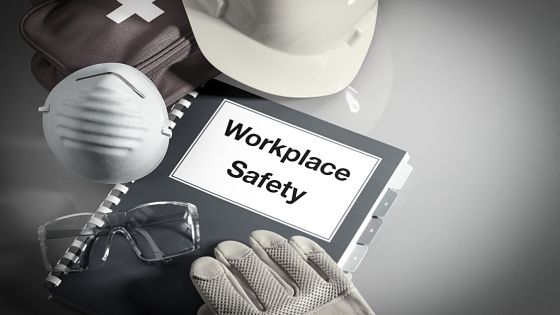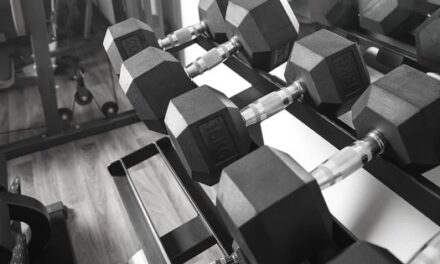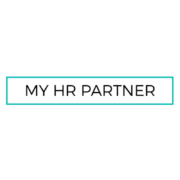It’s already 2024 and it’s high time workplace safety evolved from a mere checklist to a dynamic, integral part of organizational culture.
This post-pandemic time has brought in new challenges and innovations, making it vital for companies to stay ahead in safeguarding their most valuable asset – their people. Gone are the days when safety measures were an afterthought. Now, they’re a key driver of employee wellbeing and operational efficiency.
As we navigate this landscape, it’s clear that the traditional approach to safety needs a reboot. With the rise of remote work, increased automation, and changing regulations, staying on top of safety trends is more than a recommendation.
In this post, we’ll be embracing a safety-first mindset that melds technology with human-centric strategies. We’re here to explore practical, forward-thinking ways to make safety a seamless part of your daily operations, ensuring everyone arrives and leaves work safe and content every day.
Understanding the New Safety Landscape
The world of work has transformed dramatically, and with it, so have our approaches to workplace safety management. We’re not just concerned about avoiding accidents anymore but about proactively creating an environment where safety is a given.
Today’s digital transformation allows us to gather data and insights into how we can make workplaces safer. Smart sensors and real-time analytics are becoming standard in spotting potential hazards before they turn into accidents. It’s like having an extra set of eyes, always on the lookout.
Then there’s the human element. The COVID pandemic taught us that employee health goes beyond the physical. Mental wellbeing is equally crucial, and companies are now implementing initiatives like flexible work arrangements and support programs. People demand practices that protect the whole person, not just their ability to perform a task.
Regulations are also catching up. Governments and industry bodies are revising safety standards to reflect these new realities. Companies can demonstrate they’re truly responsible by staying fully compliant. And not only to avoid hefty fines but to assure their team that its safety is always their top priority.
Technological Innovations in Safety
In 2024, we’ll be witnessing a trend of innovative solutions that are making safety more proactive and less reactive.
AI and machine learning are increasingly revolutionizing safety monitoring and response. Imagine AI algorithms that can predict potential hazards or machine learning systems that analyze past incidents to prevent future ones.
Then there’s the role of wearable tech. Smart helmets, goggles, and vests aren’t science fiction anymore. They’re real, and they’re equipped with sensors that monitor vital signs, detect hazardous gasses, or even alert workers to potential dangers. Employees appreciate having an extra layer of protection that’s both high-tech and unintrusive.
Tried and true measures should also become the norm. Take driveway and traffic mirrors, for instance. You might think of them as simple tools, but in congested work areas, they’re essential for preventing accidents. They provide a clear view of blind spots in busy warehouses or construction sites, reducing the risk of collisions.
Drones are another game-changer. They’re being used for remote inspections of hard-to-reach areas, reducing the need for risky manual inspections. It’s about keeping employees safe while ensuring that no corner of the workplace is left unchecked.
Lastly, we have virtual and augmented reality. These technologies are transforming safety training. Instead of reading manuals or watching videos, employees can now experience realistic simulations, preparing them for real-world scenarios in a safe, controlled environment.
Cultivating a Safety-First Culture
Creating a safe workplace is closely tied to building a culture where safety is ingrained in every action and decision.
Here’s how you can foster a safety-first mindset across your organization:
- Every team member, not only safety officers, should feel responsible for safety. After all, it’s everyone’s business. Encourage employees to speak up about potential hazards and contribute ideas for safer practices. When people feel their input matters, they’re more engaged and proactive.
- Gone are the days of boring safety seminars. Make safety training engaging and relevant. Interactive workshops, gamified learning experiences, and hands-on simulations are the way to go.
- Prepare for the unexpected. Emergency response drills should be routine, but they should also evolve. As threats change, so should our response strategies. Regularly update and practice emergency plans to ensure everyone knows what to do in various scenarios.
- Stress, burnout, and mental fatigue are primarily wellness issues, but they can be safety hazards as well. Promote work conditions that support mental health, with resources and support systems readily available. A mentally healthy workforce is a safer workforce.
Conducting Regular Audits and Compliance Checks
Here’s how to make sure that the safety measures you take are not only reliable but also compliant and ahead of the curve.
- First, embrace audits as opportunities, not chores. Regular safety audits give you a clear picture of where you’re at and what needs improvement. Use them as a chance to engage with your team, understand their concerns, and spot potential issues before they escalate.
- Stay updated with the latest regulations. Safety standards are constantly evolving, and staying compliant means keeping up-to-date with these changes. Make it someone’s specific responsibility to track and implement new safety regulations.
- Leverage technology in your audits. Use digital tools for tracking and reporting. There’s a wealth of software that can streamline your audit processes, making them more efficient and less prone to error.
- Get an outside perspective. Sometimes, you’re too close to the situation to see it clearly. Bring in external auditors to get a fresh set of eyes to identify issues you might have missed. They can also offer valuable insights into industry best practices.
- It’s one thing to identify safety gaps and another to actually address them. You need to act on your audit findings promptly. Develop a clear action plan following each audit, with timelines and responsibilities. This ensures that the findings lead to meaningful improvements.
Final Thoughts
The key takeaway of what we’ve talked about above is that safety is an ever-evolving journey, not a destination. It takes continuous adapting, learning, and improving.
Companies should strive to create a blend of innovation and empathy, where workplace safety is as much about technology as it is about understanding the needs and nuances of your workforce. The concept is a vital part of the new normal, and it’s here to stay.




















